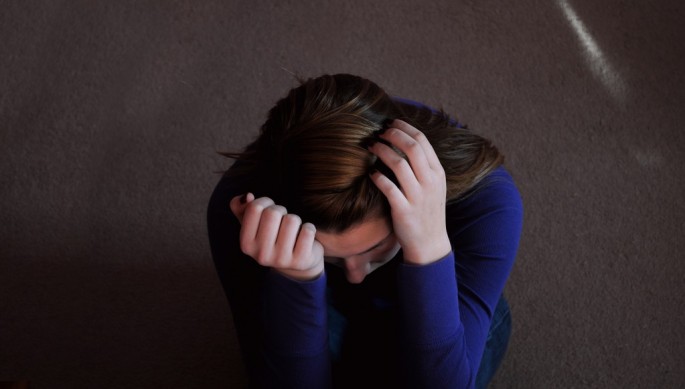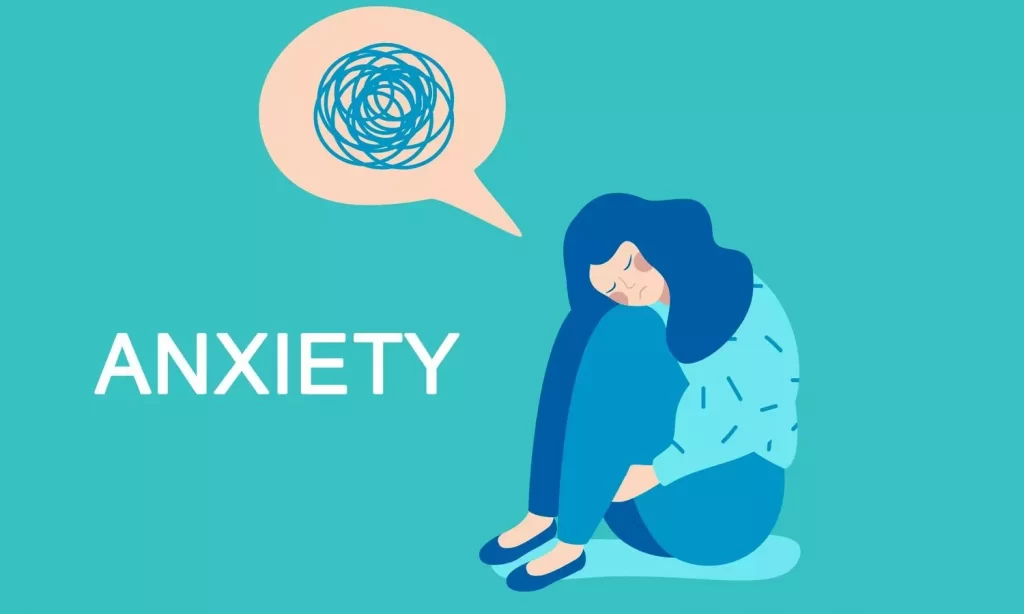What is Post-traumatic stress disorder (PTSD)?
Post-traumatic stress disorder (PTSD) is a mental health condition that’s triggered by a terrifying event, either experiencing it or witnessing it.
Symptoms may include flashbacks, nightmares and severe anxiety, as well as uncontrollable thoughts about the event.Most people who have a traumatic event will have reactions that may include shock, anger, nervousness, fear, and even guilt.
These reactions are common, and for most people, they go away over time. For a person with PTSD, however, these feelings continue and even increase, becoming so strong that they keep the person from going about their life as expected.
Post-traumatic stress disorder Symptoms:
For a person to receive a diagnosis of PTSD, they must meet criteria that are set out by the American Psychological Association’s (APA) Diagnostic and Statistical Manual Fifth Edition (DSM-5).
According to these guidelines, the person must:
- Have been exposed to death or threatened death, serious injury or sexual violence whether directly, through witnessing it, by it happening to a loved one, or during professional duties
- Experience the following for more than one month:
- one or more intrusion symptoms
- one or more avoidance symptoms
- two or more symptoms that affect mood and thinking
- two or more arousal and reactivity symptoms that began after the trauma
Here are some examples of these four types of symptom:
Intrusion symptoms:
- nightmares
- flashbacks and a sensation that the event is happening again
- fearful thoughts
Avoidance symptoms:
- refusing to discuss the event
- avoiding situations that remind the person of the event
Arousal and reactivity symptoms:
- difficulty sleeping
- irritability and angry outbursts
- hypersensitivity to possible dangers
- feeling tense and anxious
Symptoms that affect mood and thinking:
- inability to remember some aspects of the event
- feelings of guilt and blame
- feeling detached and estranged from others and emotionally and mentally numbed
- having a reduced interest in life
- difficulty concentrating
- mental health problems, such as depression, phobias, and anxiety
In addition, the symptoms must lead to distress or difficulty coping with work or relationships, and they must not be due to the use of medication or other substances, or another health condition.
Physical symptoms
There may also be physical symptoms, but these are not included in the DSM-5 criteria:
- physical effects include sweating, shaking, headaches, dizziness, stomach problems, aches and pains, and chest pain
- a weakened immune system can lead to more frequent infections
- sleep disturbances can result in tiredness and other problems
Children and teens
In those aged 6 years or under, symptoms may include:
- bedwetting after learning to use the bathroom
- inability to speak
- acting out the event in play
- being clingy with an adult
Between the ages of 5 and 12 years, the child may not have flashbacks and they may not have difficulty remembering parts of the event. However, they may remember it in a different order, or feel that there was a sign that it was going to happen.
Post-traumatic stress disorder Causes:
Any situation that triggers fear, shock, horror, or helplessness can lead to PTSD.You can develop post-traumatic stress disorder when you go through, see or learn about an event involving actual or threatened death, serious injury or sexual violation.
- Stressful experiences, including the amount and severity of trauma you’ve gone through in your life
- Inherited mental health risks, such as a family history of anxiety and depression
- Inherited features of your personality — often called your temperament
- The way your brain regulates the chemicals and hormones your body releases in response to stress
Risk factors:
People of all ages can have post-traumatic stress disorder. However, some factors may make you more likely to develop PTSD after a traumatic event, such as:
- Some physical and genetic factors may play a role. These may impact the chance of having anxiety, depression, and PTSD.
- Brain structure: Brain scans have shown that the hippocampus appears different in people with PTSD, compared with others. The hippocampus is involved in processing emotions and memories, and it could affect the chance of having flashbacks
- Response to stress: Levels of hormones that are normally released in a fight-or-flight situation appear to be different in people with PTSD.
- Gender: This may play a role. Studies suggest that, while men are more likely to experience violence, women have a higher chance of having PTSD.
Post-traumatic stress disorder (PTSD) Treatment:
Psychotherapy
Several types of psychotherapy, also called talk therapy, may be used to treat children and adults with PTSD. Some types of psychotherapy used in PTSD treatment include:
- Cognitive therapy. This type of talk therapy helps you recognize the ways of thinking (cognitive patterns) that are keeping you stuck — for example, negative beliefs about yourself and the risk of traumatic things happening again. For PTSD, cognitive therapy often is used along with exposure therapy.
- Exposure therapy. This behavioural therapy helps you safely face both situations and memories that you find frightening so that you can learn to cope with them effectively. Exposure therapy can be particularly helpful for flashbacks and nightmares. One approach uses virtual reality programs that allow you to re-enter the setting in which you experienced trauma.
- Eye movement desensitization and reprocessing (EMDR). EMDR combines exposure therapy with a series of guided eye movements that help you process traumatic memories and change how you react to them.
- Psychodynamic therapy. It focuses on helping the person examine personal values and the emotional conflicts caused by the traumatic event.
- Family therapy may be useful because the behaviour of the person with PTSD can have an effect on other family members.
- Group therapy may be helpful by allowing the person to share thoughts, fears, and feelings with other people who have experienced traumatic events.
- Stress Inoculation Training (SIT) is another type of CBT that aims to reduce anxiety by teaching coping skills to deal with stress that may accompany PTSD. This is done through teaching different types of coping skills including, but is not limited to, breathing retraining, muscle relaxation, cognitive restructuring, and assertiveness skills.
Medications
Doctors use certain antidepressant medications to treat PTSD and to control the feelings of anxiety and its associated symptoms.



